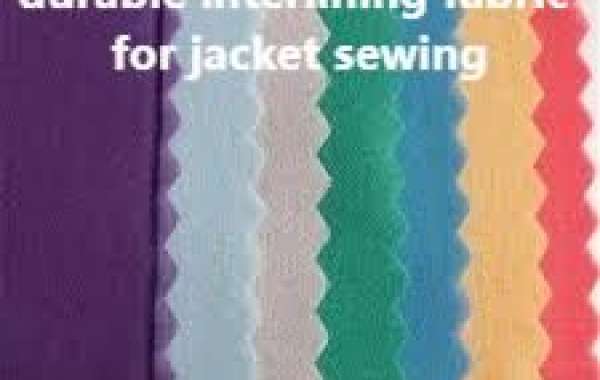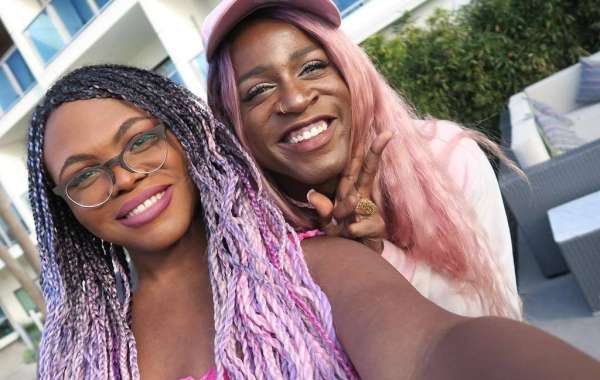In the world of modern garment construction, subtle structural choices can significantly affect the final product. One such essential component is Interlining , which plays a pivotal role in shaping, reinforcing, and enhancing the durability of clothing. Positioned between fabric layers, interlining provides body and resilience to apparel without altering its outward appearance, making it indispensable in both casual and formal wear production.
Understanding the Role of Fabric Layers
At its core, garment design balances form and function. Hidden fabric layers are often overlooked, but they serve a crucial role in supporting the outer material and ensuring long-term wearability. Whether used in a blazer, a collar, or a waistband, these layers offer structure where it's needed most. Seam alignment, fold memory, and overall fit often depend on the stability provided by these interior textiles.
Material Options and Their Applications
The selection of inner garment materials depends largely on the intended use of the clothing. Woven and nonwoven textiles are both common, each offering unique benefits. Woven options, typically made from cotton or polyester blends, provide a firm hold and are ideal for tailored garments. Nonwoven varieties offer more flexibility and are often chosen for their lightweight nature and cost-efficiency. Fusible types, which adhere when heat is applied, simplify the manufacturing process and reduce production time.
Enhancing Apparel Longevity and Comfort
Beyond shaping, these hidden layers contribute to a garment's ability to withstand frequent wear and laundering. By acting as a buffer between the outer fabric and the body, they reduce wear at stress points, especially in high-movement areas like cuffs and collars. Moreover, improvements in breathable and eco-conscious material technologies have made it possible to reinforce garments without compromising wearer comfort.
Technological Advances and Sustainable Trends
Recent developments in textile engineering have led to smarter, more sustainable choices in apparel construction. With increasing demand for environmentally responsible fashion, manufacturers are now offering biodegradable and recycled inner fabrics. Additionally, innovations in adhesive technology have improved the performance of fusible solutions, allowing for more durable bonds with reduced heat and energy use. These advancements not only enhance production efficiency but also align with global sustainability goals.
Choosing the Right Supplier for Professional Results
Selecting the appropriate manufacturing partner is crucial for ensuring consistent garment quality. Experienced suppliers understand the interplay between different fabrics, finishing techniques, and design expectations. Their expertise ensures the appropriate choice of materials for various applications—from high-end fashion to uniforms—resulting in garments that meet both functional and aesthetic standards.
To explore further about this essential material and its applications in fashion and manufacturing, visit:
https://www.interlining-factory.com/news/what-is-interlining-types-applications-and-more.html







